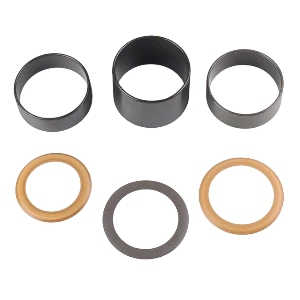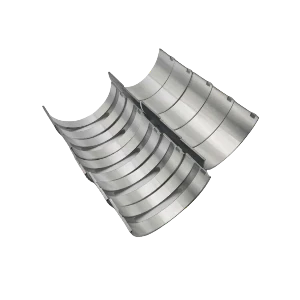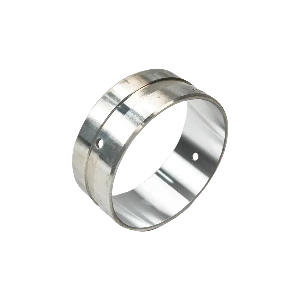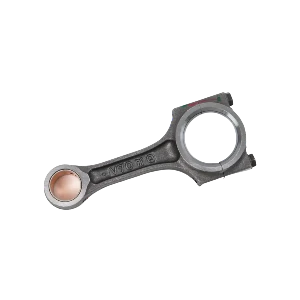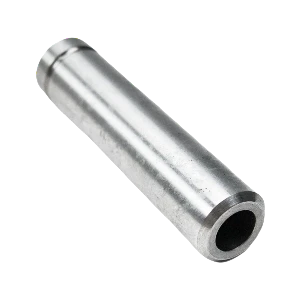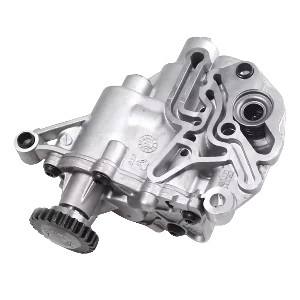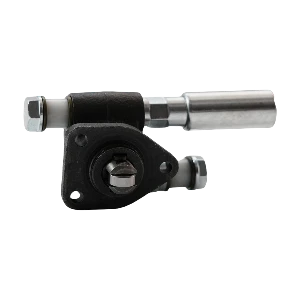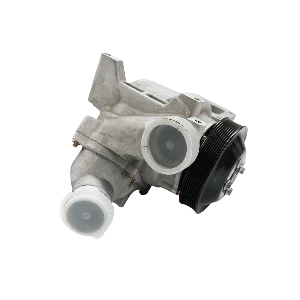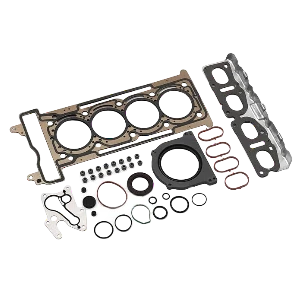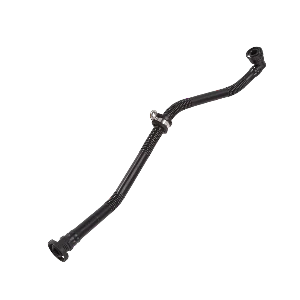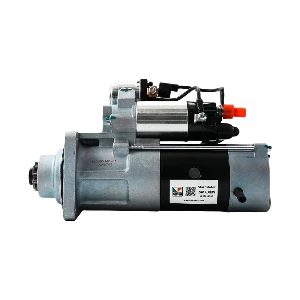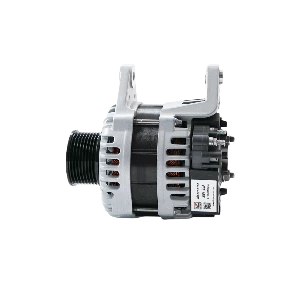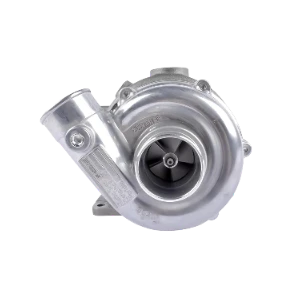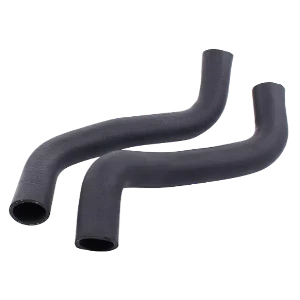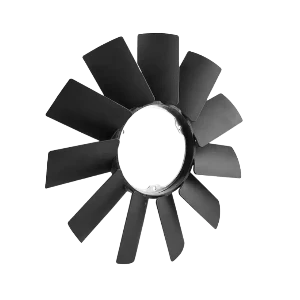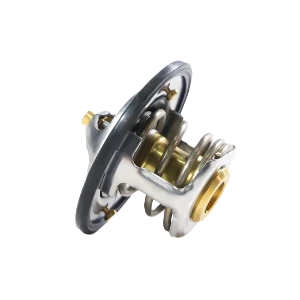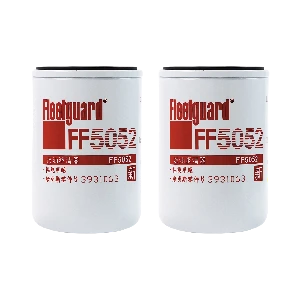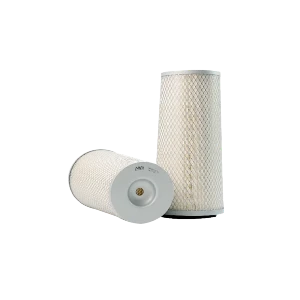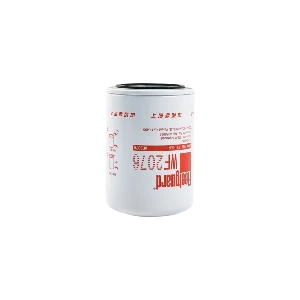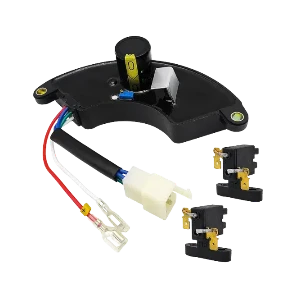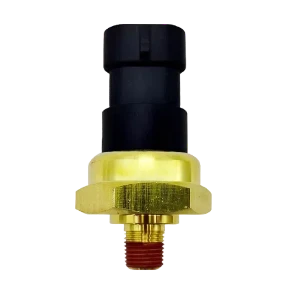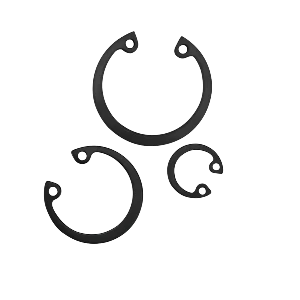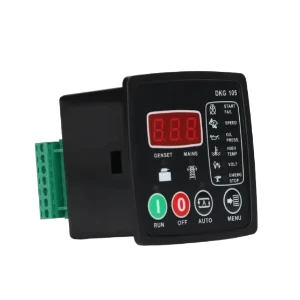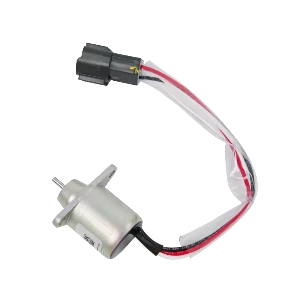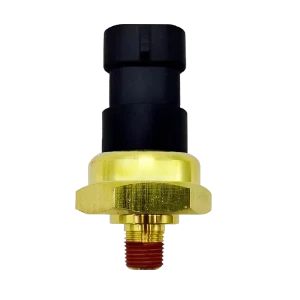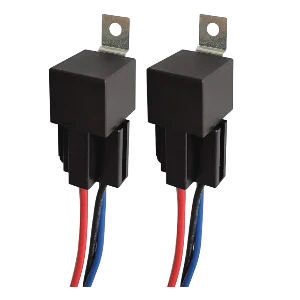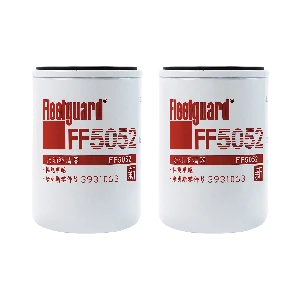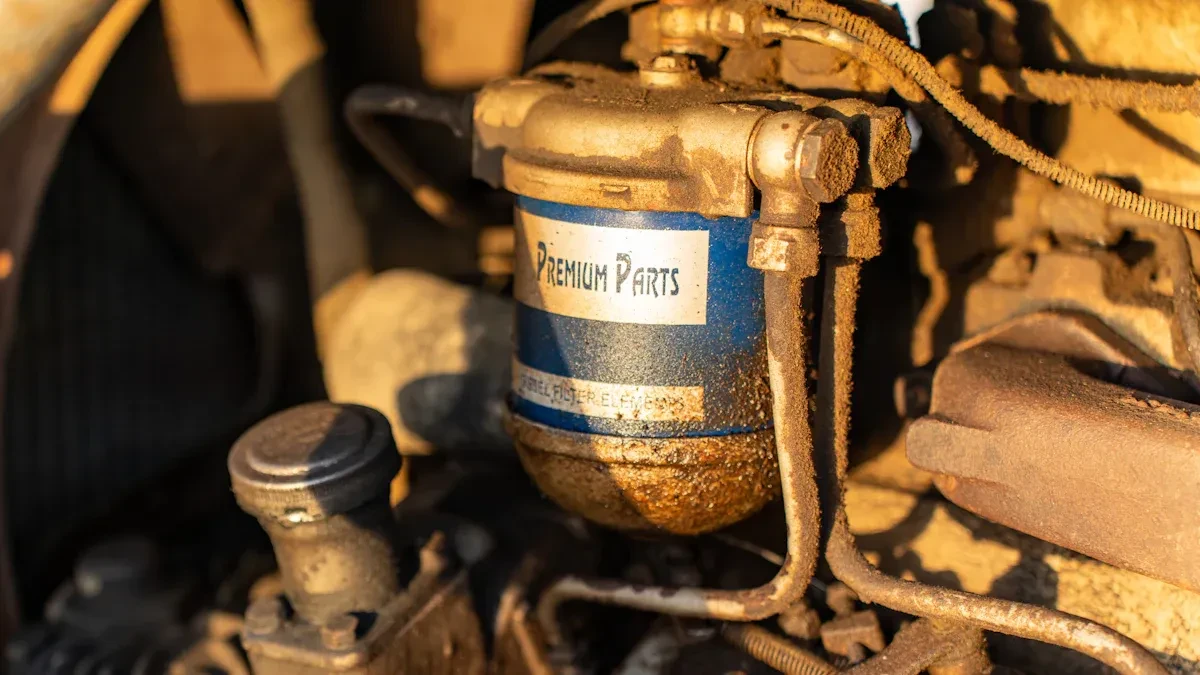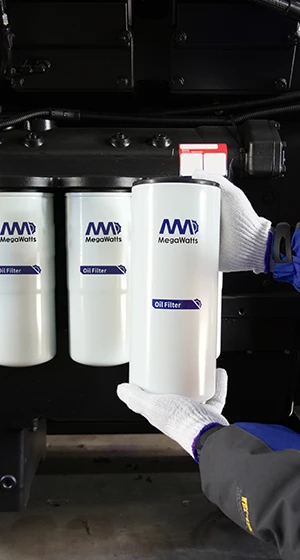The Top Ten Most Common Faults in Diesel Engines
The Top Ten Most Common Faults in Diesel Engines
Fault 1: Diesel Engine Emitting Smoke
Solution:
1. Turbocharger malfunction;
2. Poor sealing of valve components;
3. Malfunction of the fuel injector precision components;
4. Excessive wear of the camshaft assembly.
Fault 2: Diesel Engine Emitting White Smoke
Solution:
1. Malfunction of the fuel injector precision components;
2. Diesel engine burning oil (i.e., turbocharger burning engine oil);
3. Excessive wear of valve guides and valves, causing engine oil to leak into the cylinders;
4. Water in the diesel fuel.
Fault 3: Exhaust pipe and turbocharger overheating under high load
Solutions:
1. Failure of the fuel injector precision components;
2. Excessive wear of the camshaft, follower arm assembly, and rocker arm assembly;
3. Intercooler is excessively dirty, resulting in insufficient air intake;
4. Turbocharger and injector malfunctioning. 5. Poor sealing of valves and valve seats.
Fault 4: Significant power loss during diesel engine operation
Solution:
1. Excessive wear of cylinder components;
2. Failure of fuel injector precision components;
3. Failure of the PT fuel pump;
4. Timing mechanism malfunctioning;
5. Turbocharger malfunctioning.
Fault 5: Low engine oil pressure
Solution:
1. Excessive clearance between the bearing and crankshaft, i.e., excessive wear of the bearing and crankshaft;
2. Excessive wear of various bushings and shaft assemblies;
3. Oil leakage from cooling nozzles or oil lines;
4. Oil pump malfunctioning;
5. Oil pressure sensor failure.
Fault 6: Excessively high water temperature in the diesel engine
Solution:
1. Water pump damage;
2. Thermostat damage;
3. Loose fan belt or water pump belt;
4. Dirty radiator.
Fault 7: Bearing seizure in the diesel engine
Solution:
1. Oil pump failure;
2. Excessive clearance between bearing shells, causing low oil pressure;
3. Diesel engine overheating due to water shortage.
Fault 8: Excessive exhaust emissions or white smoke from the exhaust pipe
Solutions:
1. Excessive wear of cylinder components;
2. Water in the oil pan;
3. Cylinder scoring.
Fault 9: Unstable engine speed
Solutions:
1. Excessive power loss in the diesel engine;
2. Malfunction of the electronic actuator or internal components of the PT pump;
3. Malfunction of the electronic speed control board; 4. Malfunction of the tachometer.
Fault 10: Diesel fuel in the oil pan
Solutions:
1. Damaged O-ring on the fuel injector;
2. Poor atomisation of the fuel injector, causing fuel leakage;
3. Improper installation of the fuel injector.
A team of experts obsessed with spare parts of generator sets and construction equipment.
-
Previous Post:
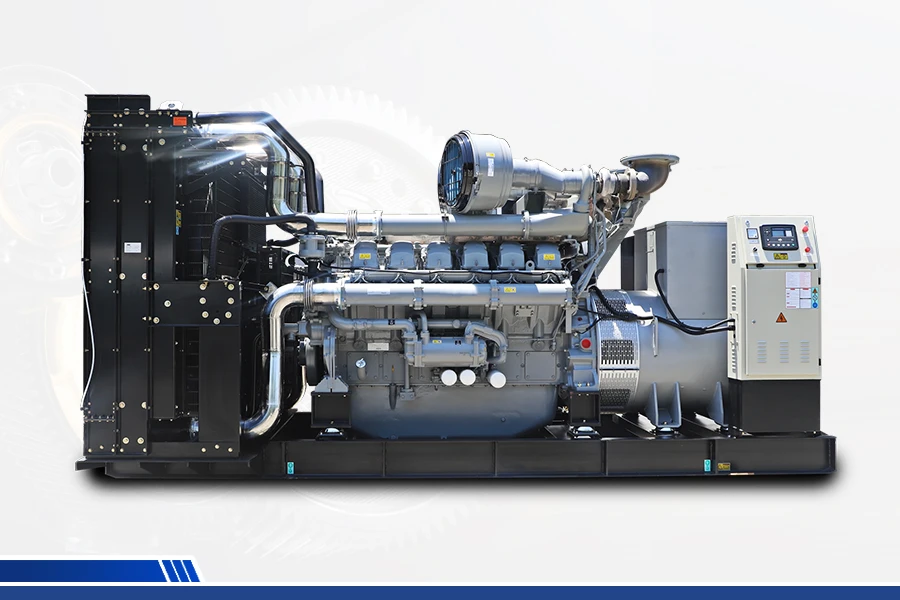 BLOGMegawatts BlogIntroducing the components of a diesel engineIntroducing the components of a diesel engine A diesel generator set is a type of internal combustion generator set and is currently one of the most widely used power generation devices in the world....
BLOGMegawatts BlogIntroducing the components of a diesel engineIntroducing the components of a diesel engine A diesel generator set is a type of internal combustion generator set and is currently one of the most widely used power generation devices in the world.... -
Next Post:
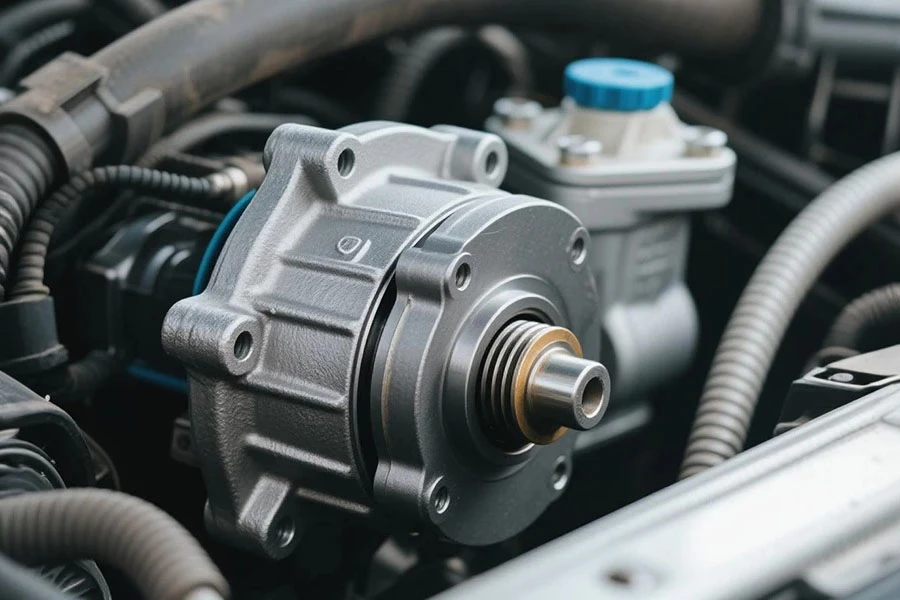 BLOGMegawatts Blog7 Signs of a Bad AlternatorHave you ever experienced a car that won't start or takes minutes to start? Or have you noticed that your headlights are dimming and the battery light is flashing? All the phases may indicate car...
BLOGMegawatts Blog7 Signs of a Bad AlternatorHave you ever experienced a car that won't start or takes minutes to start? Or have you noticed that your headlights are dimming and the battery light is flashing? All the phases may indicate car...
-
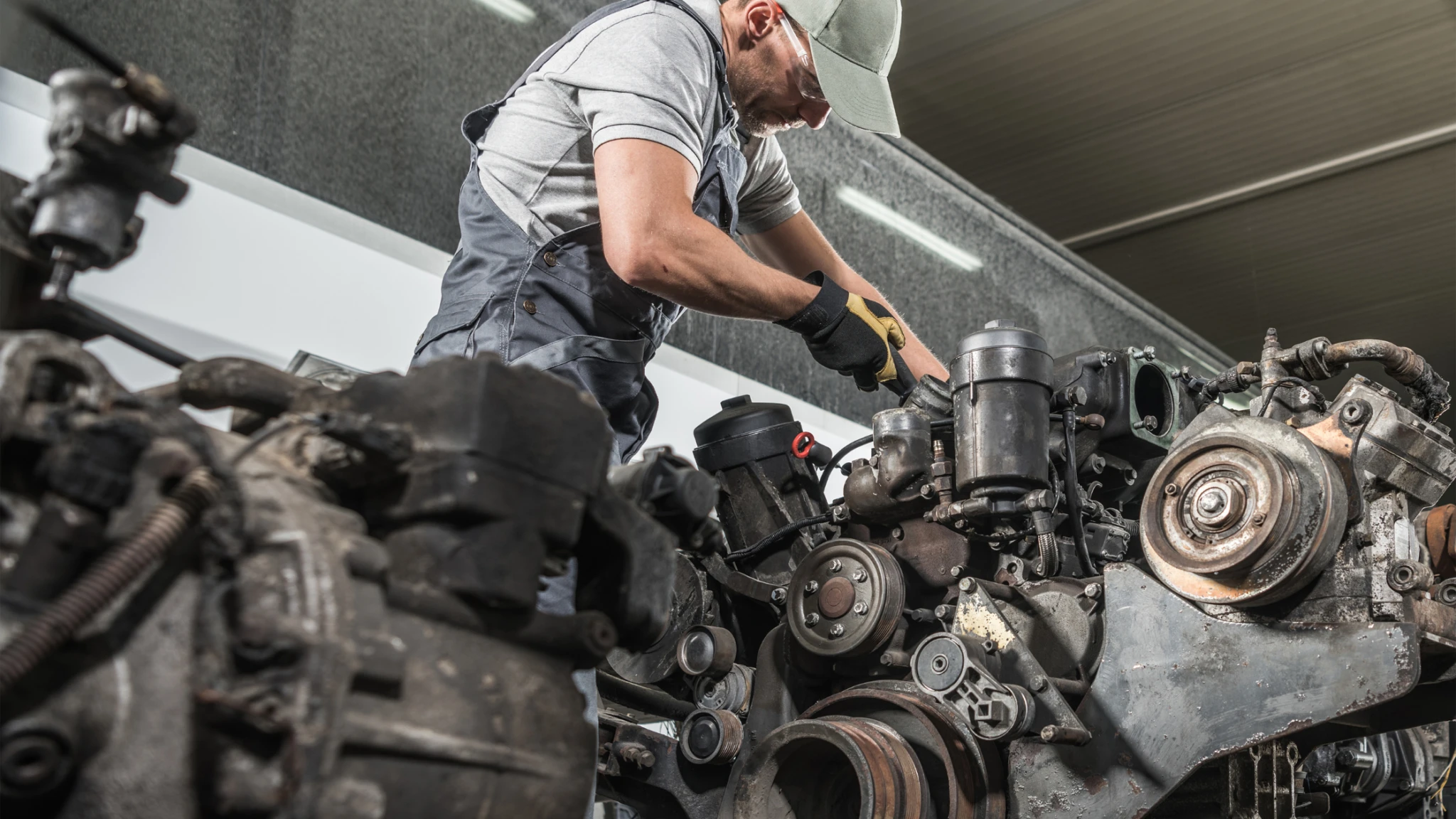 BLOGMegawatts BlogBudget-Friendly Overhaul: Choosing Between Individual Engine Parts and Complete Gasket Seal KitsIn the demanding world of industrial power generation, "Downtime" is the most expensive word in a manager's vocabulary. When a generator engine, be it a massive Cummins unit or a compact Kubota standb...
BLOGMegawatts BlogBudget-Friendly Overhaul: Choosing Between Individual Engine Parts and Complete Gasket Seal KitsIn the demanding world of industrial power generation, "Downtime" is the most expensive word in a manager's vocabulary. When a generator engine, be it a massive Cummins unit or a compact Kubota standb... -
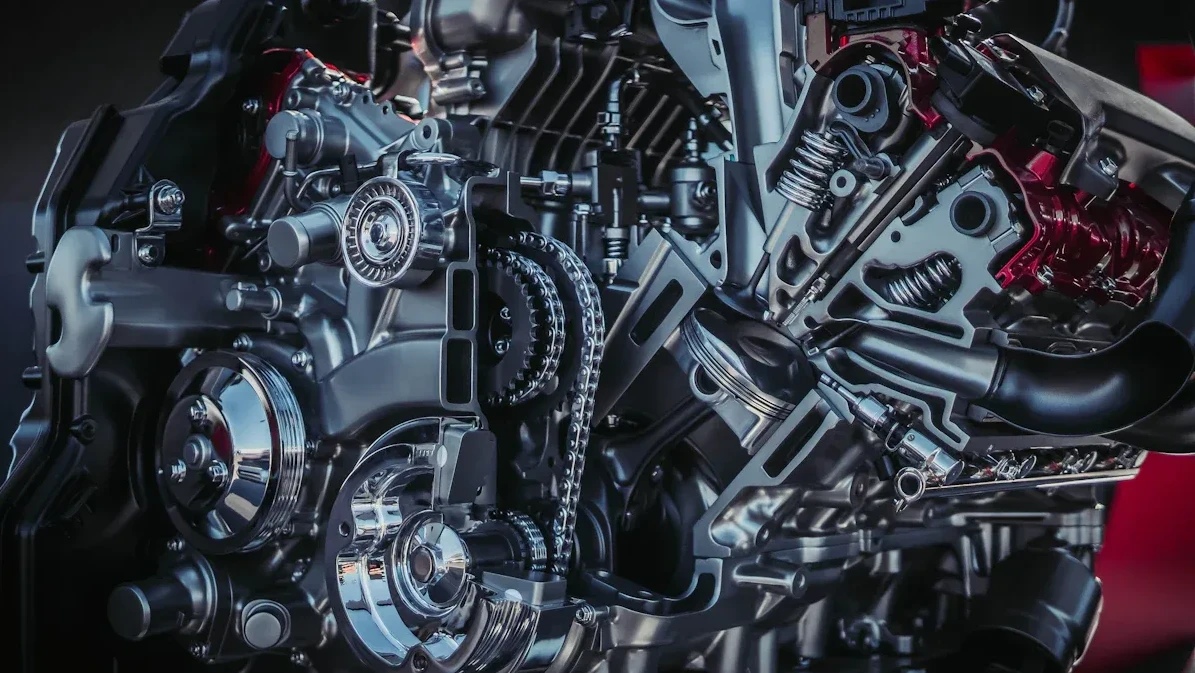 BLOGMegawatts BlogTop 5 Essential Spare Parts to Keep in Stock for Emergency Repairs of Generator SetTroubleshooting equipment failure can be a daunting task. At MegawattsParts, we’ve helped thousands of technicians and operators overcome complex repair challenges and simplify the parts selecti...
BLOGMegawatts BlogTop 5 Essential Spare Parts to Keep in Stock for Emergency Repairs of Generator SetTroubleshooting equipment failure can be a daunting task. At MegawattsParts, we’ve helped thousands of technicians and operators overcome complex repair challenges and simplify the parts selecti... -
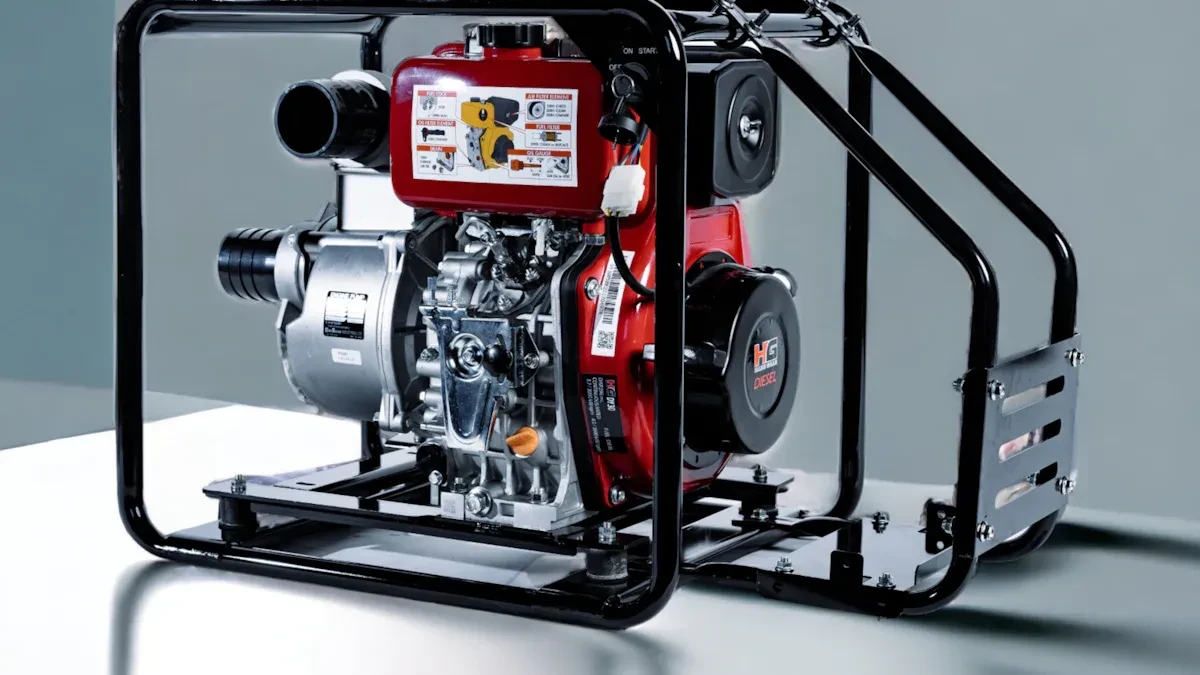 BLOGMegawatts BlogPopular Oil Filter Brands Used in Generator Maintenance:Perkins,Caterpillar,and FleetguardTo ensure your generator operates efficiently and avoids expensive repairs, choosing the right oil filter is essential. Caterpillar oil filters, Perkins oil filters, and Fleetguard oil filters are rec...
BLOGMegawatts BlogPopular Oil Filter Brands Used in Generator Maintenance:Perkins,Caterpillar,and FleetguardTo ensure your generator operates efficiently and avoids expensive repairs, choosing the right oil filter is essential. Caterpillar oil filters, Perkins oil filters, and Fleetguard oil filters are rec...

-
INFORMATION
-
CHINA SALES OFFICE: No. 2-11, No. 8, Gaotai Road, Gaishan Investment Zone, Cangshan District, Fuzhou, Fujian
-
SAUDI ARABIA FACTORY: 7264 Shakra, Al Faisaliyyah, REFB3035, 3035, Riyadh 12883
-
RUSSIA SALES OFFICE: 127282, Moscow, Severnoe Medvedkovo Municipal District, Polyarnaya St., 31V, Bldg. 1, Premises 1/2
-
COLOMBIA SALES OFFICE: 92-32 26th Street, 03-118, Bogota
-
NIGERIA FACTORY: Plot 5 Chivita Avenue Ajao Estate Isolo Lagos
-
Email:sales@megawattsparts.com
Select Previous Button or Search Directly on Search Bar!
 English
English

You agree to MegaWatts.com's Terms of Use and Privacy Policy by subscribing. You may receive emails with useful tips, promotions, and offerings.






